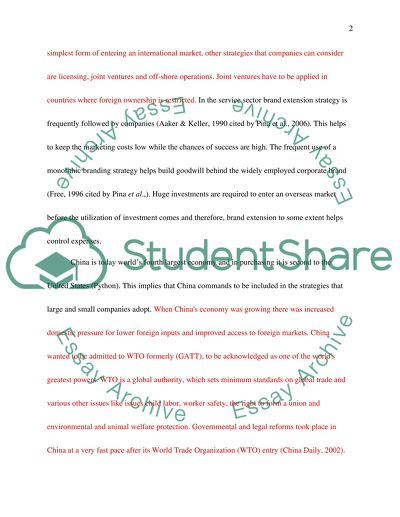Cite this document
(“International Marketing Essay Example | Topics and Well Written Essays - 3500 words - 1”, n.d.)
International Marketing Essay Example | Topics and Well Written Essays - 3500 words - 1. Retrieved from https://studentshare.org/marketing/1536966-international-marketing
International Marketing Essay Example | Topics and Well Written Essays - 3500 words - 1. Retrieved from https://studentshare.org/marketing/1536966-international-marketing
(International Marketing Essay Example | Topics and Well Written Essays - 3500 Words - 1)
International Marketing Essay Example | Topics and Well Written Essays - 3500 Words - 1. https://studentshare.org/marketing/1536966-international-marketing.
International Marketing Essay Example | Topics and Well Written Essays - 3500 Words - 1. https://studentshare.org/marketing/1536966-international-marketing.
“International Marketing Essay Example | Topics and Well Written Essays - 3500 Words - 1”, n.d. https://studentshare.org/marketing/1536966-international-marketing.


